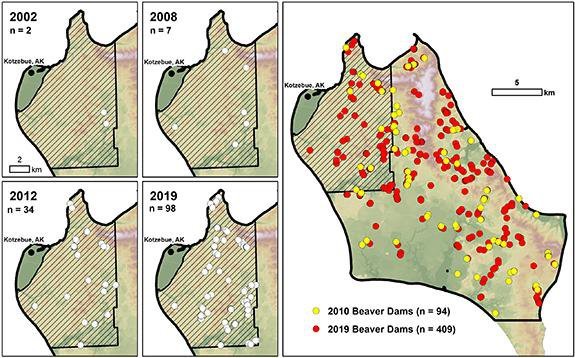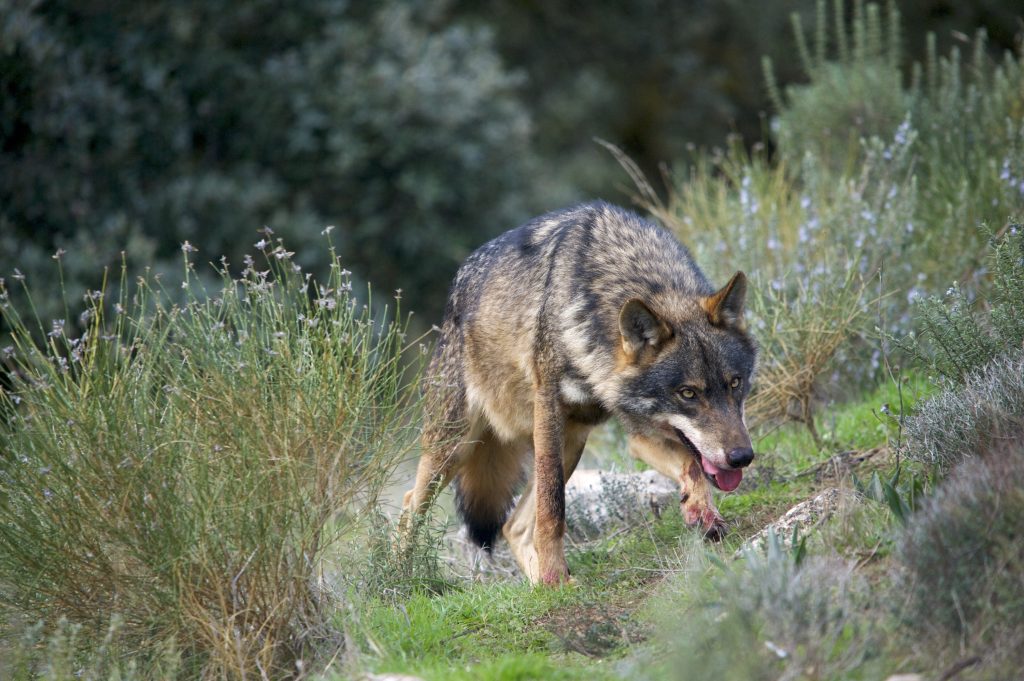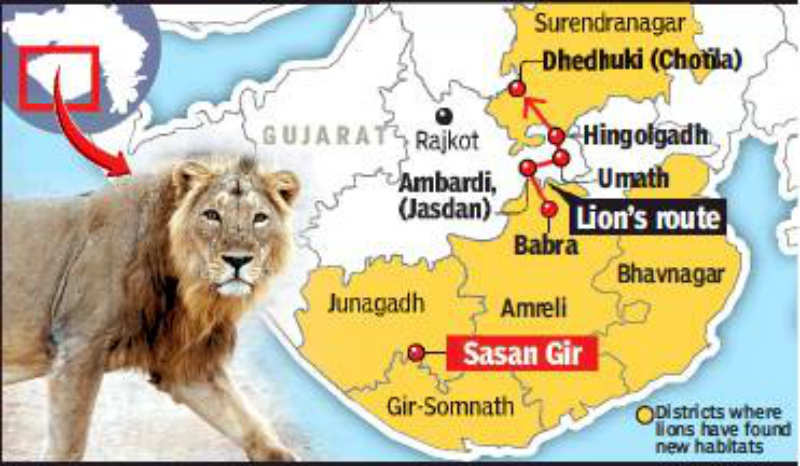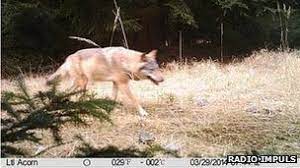Beavers are a native part of British fauna. I have written many times on different advantages that their return is likely to generate. These run from reduced flooding of rivers, created wetland areas which keep flow of water constant, increased biodiversity helping water mammals recover (and the advantage that comes with this is the likely eradication of American mink which cannot compete with otters), filtering out pollutants as well as many more.
Unfortunately, in America, beavers are causing problems that they would not have been able to (in the past). Up until recently, much of places like Alaska were permanently locked in permafrost. Indeed, there are now areas, where, 50 years ago no beavers live – now the land has as many beavers as it can support. Using satellite images, scientists counted 12,000 beaver ponds, a number twice that of 20 years ago.

The first concern, is that indigenous people are loosing roads and places that they need to grow enough food to survive.
However, a bigger issue is that it is thought that these beavers could accelerate climate change. As beavers do not hibernate, they store food in their ponds, keeping it fresh for longer meaning that they can continue to have enough food to stay awake through the heart of winter.
The beaver pools that are created when beavers dam rivers, create localized unfrozen hotspots which in turn melts the permafrost in the area. This is the dangerous bit, as the permafrost, that is found throughout all the arctic nations, stores vast amounts of carbon. If the permafrost melts, this will be released and there is enough quantity to pass all problem points that scientists are worried about.
If all the permafrost carbon is released, the world is likely to suffer temperature rises, that may well dwarf the current estimates. This in turn is likely to require billions of people to move as their home country falls below sea level.







